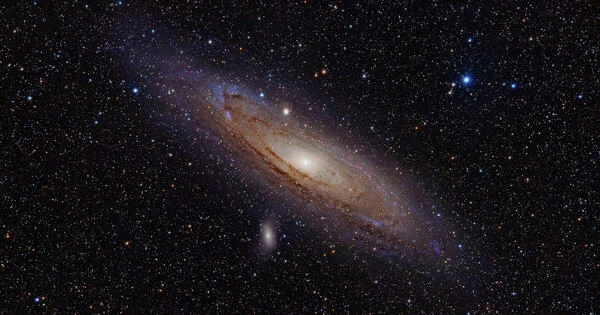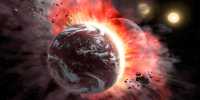With the exception of Andromeda, the Milky Way is far bigger than the other galaxies in the neighborhood. It evolved in that manner by consuming smaller galaxies. Based on their motions and ages, the GAIA space telescope has allowed us to identify stars of common origin, revealing many of the clusters of stars that were destroyed.
It is difficult to locate the first stars that must have been present when the Milky Way first formed, yet they must have been there. But in a recent work that is currently being reviewed by peers, Professor Hans-Walter Rix of the Max Plank Institute for Astronomy and co-authors assert that they have accomplished that.
The fact that the Milky Way’s founding stars must be by definition 12.5 billion years old makes it difficult to locate them. The search must be for relatively low-mass stars since stars that are more massive than the Sun don’t endure very long. Fortunately, some of these stars have already entered their giant stage, when they grow to tremendous sizes and become sufficiently luminous to be seen from a great distance.
Another issue is that these stars should be towards the galaxy’s center, which is from our view in the constellation Sagittarius, where there is a lot more activity.
According to Rix, “People have long conjectured that such a large population [of old stars] should exist in the heart of our Milky Way. Such stars would mostly consist of hydrogen and helium and be exceedingly metal-poor. The first large stars that went supernova produced a lot of metals, which they dispersed across the neighboring areas to be absorbed into subsequent star generations. Metals were lost to smaller stars that originated before the blasts.
A population of 18,000 stars with less than 3% of the Sun’s metal concentration was discovered by Rix and co-authors using GAIA data for 2 million stars within 30 degrees of the galactic center. These stars were clustered together close to the galactic center.
The research says that because the latter can also be extremely metal-poor, it can be challenging to tell apart stars that were originally part of the Milky Way from those that were grabbed from smaller merging galaxies. However, the authors contend that it is possible to determine the stars’ origins by comparing their movements to those of the galactic center. From little things, huge things grow, and extrapolating to all the stars obscured by dust or other obstructions, the authors calculate that 0.2 percent of the Milky Way’s mass is attributable to this primordial population.
Rix contends that they nourished more peripheral portions of the galaxy notwithstanding all the mergers that increased that mass. The core would have grown larger if there had been any subsequent mergers that profoundly impacted and rattled the core, according to Rix.
The Poor Old Heart of the Milky Way” was the title of the authors’ work, which received accolades on Twitter for being “perhaps the most poetic title of a scientific publication in a long time.”















